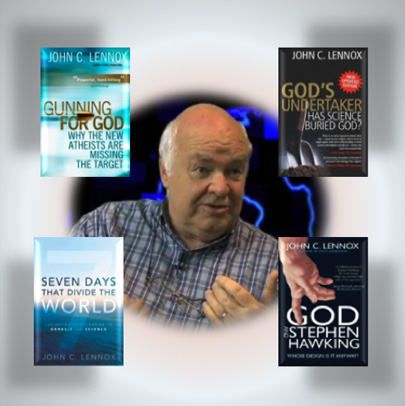Beginning of the Universe
When one looks at the question of how the universe began from the framework of physics, astronomy and cosmology, the picture is congruent with the picture one gets from Genesis. In particular, the standard model of physics points to a beginning of the universe in the finite past, and the modeling of processes in the universe finds a scenario which is exceptionally fine-tuned to a framework in which intelligent life is possible.
Some of the focal points for the modeling of the universe:
Hoyle: "I do not believe than any scientist who examined the evidence would fail to draw the inference that the laws of nuclear physics have been deliberately designed with regard to the consequences they produce inside the stars."
Hawking & Mlodinow: "Such calculations show that a change of as little as 0.5% in the strength of the strong nuclear force, or 4 percent in the electric force, would destroy either nearly all carbon or all oxygen in every star, and hence the possibility of life as we know it. "
|

